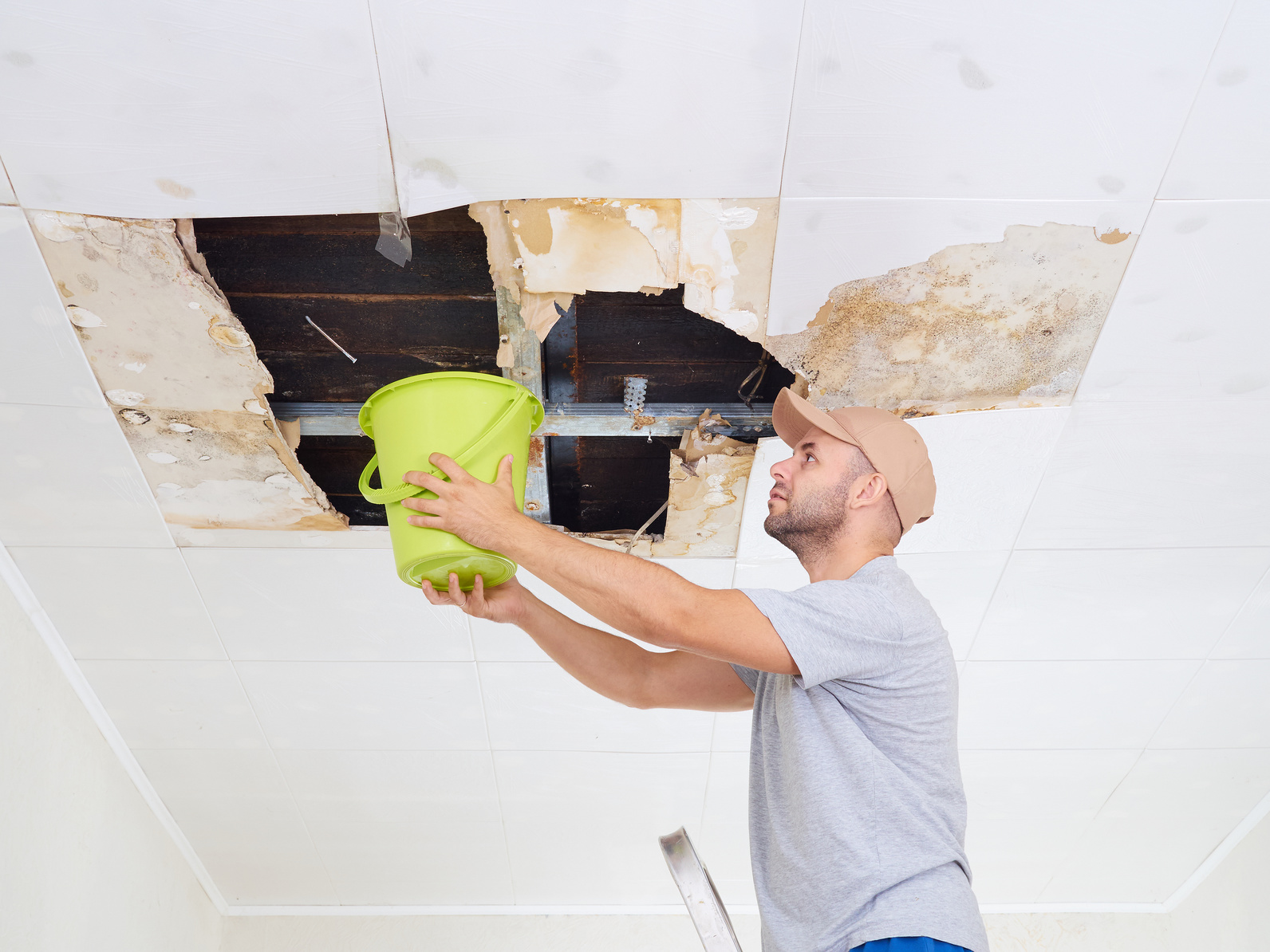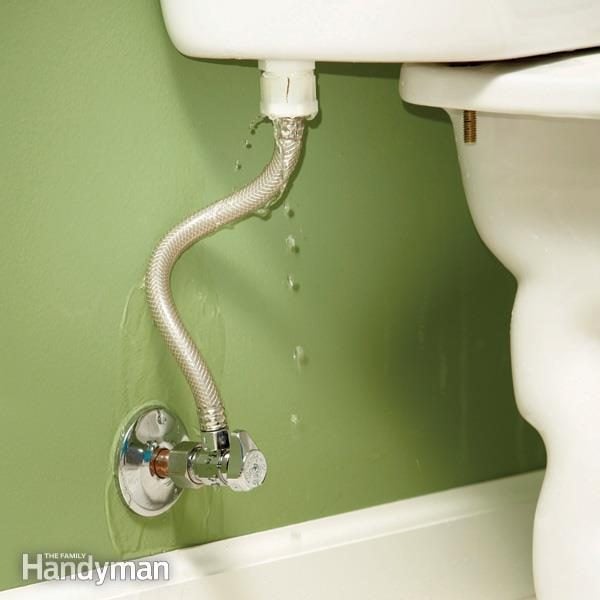What to Detect and Repair Water Leaks in the Bathroom: Pro Tips
What to Detect and Repair Water Leaks in the Bathroom: Pro Tips
Blog Article
Everybody will have their personal piece of advice involving How to Detect and Fix a Bathroom Leak.

Bathroom leaks are annoying as they disrupt your day's strategy. They vary in severity depending upon the resource of the leak. Yet, you must prioritize them, as they can quickly aggravate. So, it is a relief that a lot of bathroom leaks are easy to repair and also spot, with very little cost implications.
Having a water leakage in restroom can be stressful to the homeowner. But fixing the leak comes to be a very easy issue if you know what to do. So, this article is important as a home guide to repairing a water and identifying leakage in restroom. It does not change the demand for expert knowledge. The write-up serves as a "emergency treatment" when you require an emergency response to a water leak in washroom.
Detection and also Fixing of Water Leakage in Bathroom
Water leak in shower room generally results from pipes as well as pipe faults. You may require a standard knowledge of these leakage types to spot the water leakage in bathroom.
Dash Leaks
These often result from water spilling on the bathroom floor from the bathtub. It is a consequence of using a poor shower curtain or worn bath tub cellular lining. It damages the restroom flooring and also might trigger rot to wooden floors as well as shower room doors. The water generally swimming pools around the bath tub or shower. This might lead to even worse restroom damages without timely handling.
What to Do
If the leakage has harmed the washroom flooring or door, you may require to transform these to protect against additional damage. The good news is that you can involve a plumbing expert to help with the bathroom repair.
Bathroom Leaks
Occasionally, water leaks from the toilet and also swimming pools around the commode base. It is an eye sore in the washroom and needs punctual interest.
What to Do
If there hang screws between the cistern and commode, you only need to tighten them. Occasionally you may need to reapply wax on the gasket or contact a bathroom leakage expert to replace worn or broken parts.
Clogged Bathroom Sinks
In some cases, the water leak in bathroom results from sink obstructions. It is very easy to deal with clogs, as well as you might not need expert abilities.
What to Do
You can make use of a drain serpent to remove the debris in the drain as well as let the stationary water flow. Drain cleansers are likewise available in stores as well as are easy to use. A plunger is also practical in clearing your drainpipe. It is a typical household device and comes in handy in getting rid of bothersome clogs in sinks and also drains.
Verdict
Water leakages in the washroom are avoidable occasions in the house. Maintenance as well as routine checks assist to keep everything in tip-top form. Yet, you can never ever be also mindful, as well as these events still occur. When they do, fix them quickly, or involve the solutions of a specialist.
The short article serves as a "first help" when you require an emergency situation reaction to a water leak in washroom.
Water leak in bathroom typically results from pipes as well as pipeline faults. You may need a fundamental expertise of these leakage kinds to identify the water leakage in restroom. It damages the bathroom flooring as well as may create rot to wooden floors and also washroom doors. Sometimes, the water leakage in bathroom results from sink clogs.
5 Ways You Can Tell There's Water Leaking In The Bathroom
Mold and mildew
The presence of mold or mildew is a big indicator of a water leak. It's not unordinary to see mold or mildew in parts of your bathroom where water accumulates, like showers and sinks, but it's a problem if you notice it growing in other places. Mold grows in places that are moist and dark so it can point you to hidden water leaks.
Read More: https://www.housedigest.com/927314/ways-you-can-tell-theres-water-leaking-in-the-bathroom/If you notice mold or mildew growing on bathroom walls, floors, or ceilings you should be concerned. Other than pointing you in the direction of a potential leaky pipe behind your walls or under your floors, mold is dangerous to your health, according to The Waterworks. Mold can cause an allergic reaction with symptoms like watery eyes, runny noses, sneezing, headaches, and difficulty breathing. Since mold is not only unsightly to look at, but a health hazard it's important to take care of the leak as soon as possible so the mold can be cleaned before it spreads.
Read More: https://www.housedigest.com/927314/ways-you-can-tell-theres-water-leaking-in-the-bathroom/Damaged walls or floors
Unexplainable damage to your bathroom walls and floors is another sign of water leaking. If drywall gets wet it will crumble, bubble, and even warp or break apart. Before you notice your drywall deteriorating you may see the paint blistering or chipping off the wall. Or if you have wallpaper, it will begin to peel off when wet and show water stains.
Read More: https://www.housedigest.com/927314/ways-you-can-tell-theres-water-leaking-in-the-bathroom/Unstable toilet
When you sit on your toilet does it wobble? If it is unstable your toilet potentially has a flange leak, according to The Pink Plumber. Toilets are supposed to sit stable on the bathroom floor and should never be able to be moved around. There are screws that keep the toilet secured down to the floor and a wax ring that connects the toilet to the waste pipe. The wax ring creates a water-tight seal so nothing leaks when water and waste are moving through the toilet. If the wax seal is damaged or worn down it will no longer provide the proper seal, causing a flange leak and allowing wastewater to seep out.
Read More: https://www.housedigest.com/927314/ways-you-can-tell-theres-water-leaking-in-the-bathroom/Wet bathroom cabinets
Wet bathroom cabinets are a sure-fire way to tell if you have a water leak in your bathroom. When your cabinets are wet it is likely because of leaks from sink faucet or water supply lines. You will know that your cabinets are damp if you see any water stains inside the cabinets. If it is a leak from a water supply line The Pink Plumber explains that you will see water dripping out from the connectors or even puddles in the cabinets.
Read More: https://www.housedigest.com/927314/ways-you-can-tell-theres-water-leaking-in-the-bathroom/https://www.housedigest.com/927314/ways-you-can-tell-theres-water-leaking-in-the-bathroom/

I'm certainly very curious about How to Detect and Fix a Bathroom Leak and I hope you enjoyed the new article. Sharing is good. You just don't know, you may very well be helping someone out. Thank you for taking the time to read it.
Professional help? Ring! Report this page